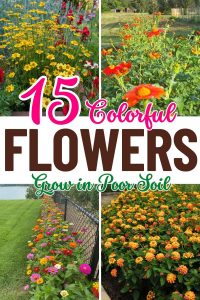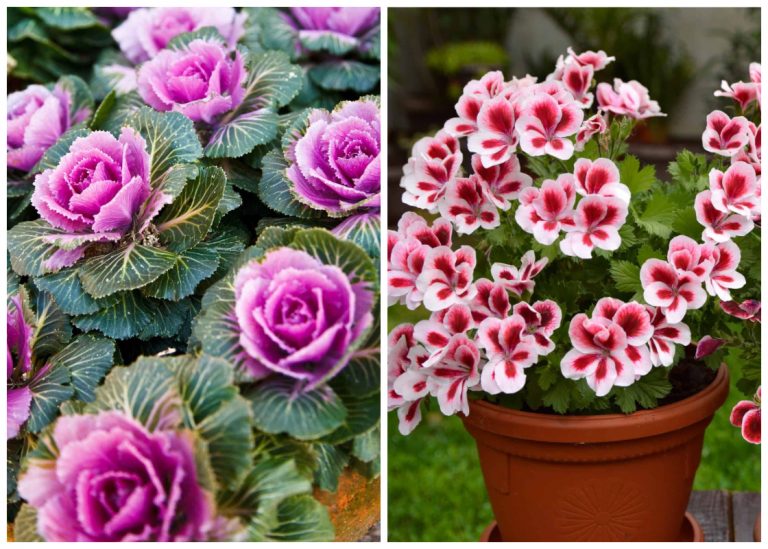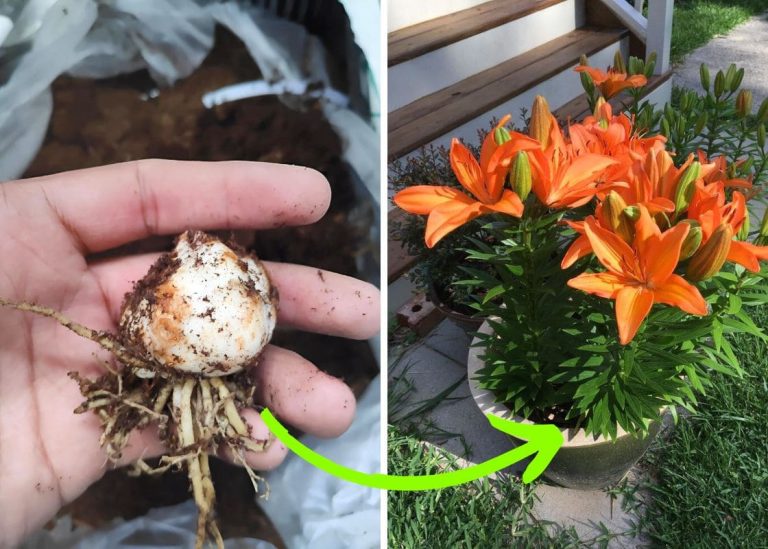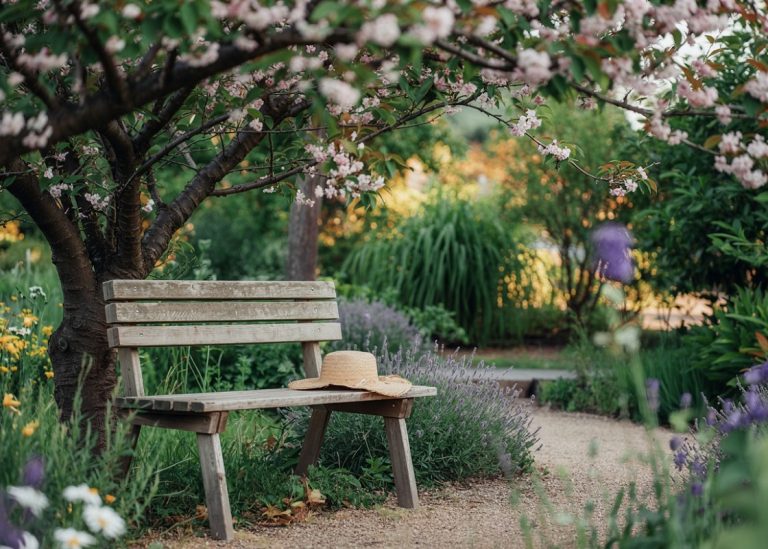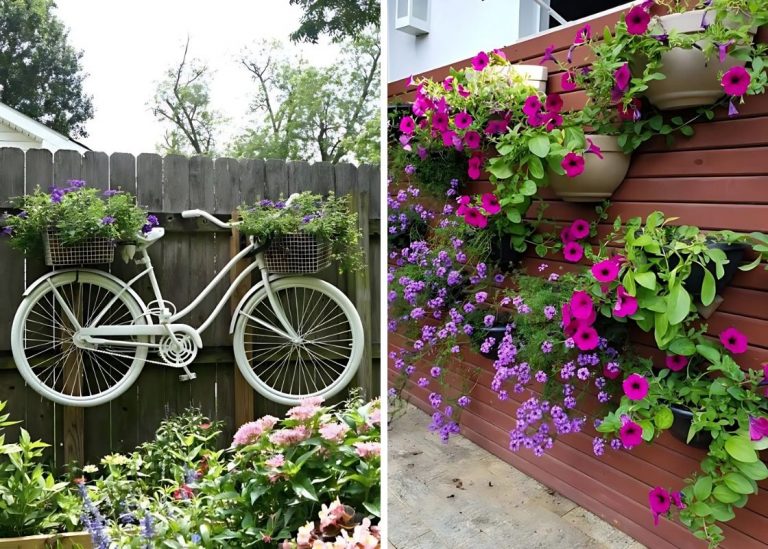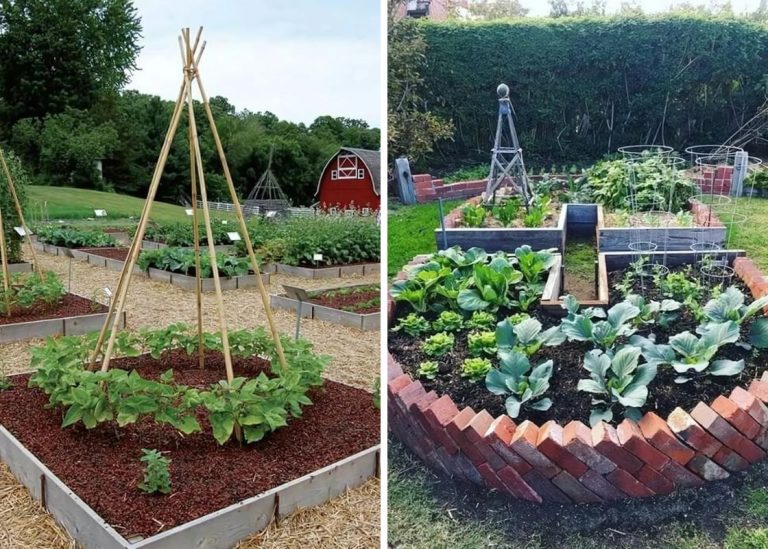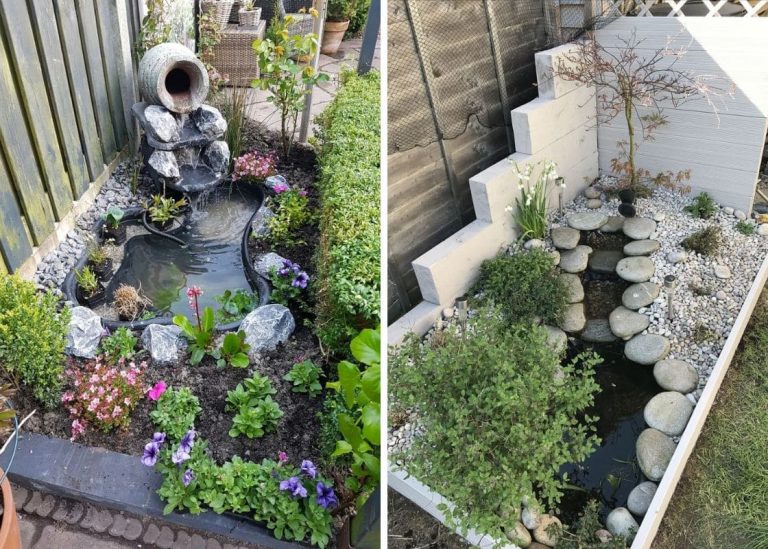15 Flowers That Thrive in Poor Soil – Beauty Against the Odds
My husband isn’t what you’d call a “gardening guy.” He prefers building birdhouses or fixing the old fence, but last spring, something unexpected happened. We were clearing a patch of dry, compact soil near the back gate—one of those stubborn spots where nothing seems to grow except weeds and regret.
He knelt beside me, handed me a trowel, and said, “Why don’t we try planting something here? Worst case, it just looks the same.” I laughed, thinking he was joking. But he wasn’t. We sowed a few leftover cosmos seeds, mostly for fun, and I didn’t expect much.
Two weeks later, we had shoots. A month later, blooms. By midsummer, that patch—once the garden’s forgotten corner—was a field of pink, magenta, and white flowers swaying in the breeze. Every time he walked past it, he’d smile like a kid who found a treasure he hadn’t even meant to bury.
These 15 flowers in this list prove that you don’t need perfect soil to grow beauty. They don’t mind tough conditions. You need sunlight, resilience, and a little willingness to try. Poor soil isn’t a limitation—it’s just another texture in the story of your garden.
1. California Poppy (Eschscholzia californica)
We once tossed a handful of California poppy seeds into the driest strip along our gravel path—just to see if anything would take. A few weeks later, a burst of golden-orange arrived like confetti under the afternoon sun. My husband swore we hadn’t even watered that spot.

California poppies thrive on neglect. Dry soil, rocky ground, full sun—they’re built for it all. Their silky petals close at night or on cloudy days, which makes their opening feel like a small daily celebration. Once they settle in, they’ll self-seed and return year after year with almost zero effort.
I like mixing them with native grasses for a low-maintenance, wild meadow look. They bloom with abandon and ask for nothing in return—my kind of flower.
2. Blanket Flower (Gaillardia)
I discovered blanket flower during a heatwave when everything else in my front bed was wilting into silence. Gaillardia stood tall, fiery and unfazed, like it hadn’t even noticed the drought.

With warm tones of red, orange, and yellow, these daisy-like blooms add a bold, cheerful touch to tough garden spots. They love full sun and sandy or gravelly soil and bloom reliably all summer long. Deadheading spent flowers keeps the color coming.
I plant them along the curb where water is scarce and foot traffic high. They never complain. Just sunshine, a bit of space, and they’re good to go.
3. Cosmos (Cosmos bipinnatus)
My first cosmos came from a seed swap with a neighbor who described them as “foolproof.” She wasn’t kidding. We sprinkled the seeds into our worst soil—hard, dry, and baked in sun—and those wispy, fern-like stems soon gave way to a flurry of blooms.
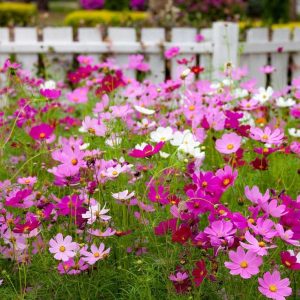
Cosmos thrive in lean soil and hate to be pampered. If it’s too rich, you’ll get more leaves than flowers. They come in pinks, whites, and magentas, swaying like dancers in the breeze, drawing in bees and butterflies.
I let mine self-seed every fall. They show up right when the garden starts to feel tired, lifting the whole space with their airy charm.
4. Yarrow (Achillea millefolium)
Yarrow is one of those plants that quietly fills in the forgotten edges of a garden and makes everything feel more alive. Its ferny foliage and flat-topped blooms remind me of wild places—fields, roadsides, the back corners of old farms.
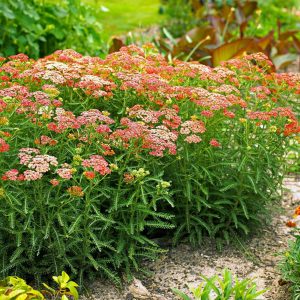
It handles drought, rocky soil, and hot sun like a pro. Once established, it needs almost no care and rewards you with blooms in soft yellow, white, pink, or dusty red. I’ve used it as a filler in pollinator beds, where bees and butterflies gather in little clouds above the flowers.
A good tip: give it space to spread. And don’t be surprised if it shows up in places you didn’t expect—it’s generous like that.
5. Black-Eyed Susan (Rudbeckia hirta)
One summer, we dug out a scrappy strip near the driveway—dusty soil, full sun, constant foot traffic. I figured, “Why not try a few Black-Eyed Susans?” By August, that patch was glowing gold.

They thrive in poor soil and return with even more blooms each year. No need to baby them—just give them sun and watch the butterflies arrive.
Tip: Leave a few seed heads standing through winter. They look beautiful in frost and feed hungry birds.
6. Russian Sage (Perovskia atriplicifolia)
I planted Russian Sage during a heatwave on a dare from my husband. “It won’t make it,” he said. Not only did it survive, it thrived—blooming lavender-blue clouds into fall with not a drop of extra water.
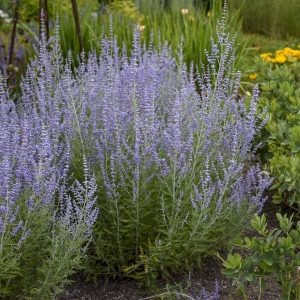
The silvery foliage looks great year-round. It’s airy, fragrant, and practically indestructible in dry soil.
Just give it sun and space. I trim mine in early spring, and that’s about it.
7. Marigold (Tagetes spp.)
When my youngest wanted her “own” flower to plant, we chose marigolds—cheap seeds, no fuss, and blooms within weeks. She now calls them her “firecrackers.”

They handle poor soil, repel pests, and keep blooming until frost. I like tucking them among veggies—they’re cheerful and useful.
Try deadheading once a week—it keeps the display going strong and encourages little hands to help.
8. Coneflower (Echinacea purpurea)
I once rescued a sad, root-bound coneflower from a clearance bin. Planted it in dusty soil by the shed—and it bloomed like it had something to prove.
Coneflowers love poor soil, full sun, and dry feet. They’re pollinator magnets, and birds snack on their seed heads through winter.
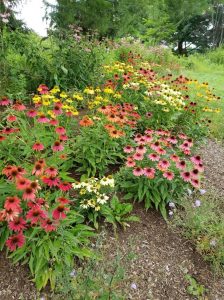
Now I let them self-seed freely—they choose where they want to grow, and I trust their taste.
9. Butterfly Weed (Asclepias tuberosa)
We spotted our first monarch caterpillars clinging to the stems of butterfly weed by the mailbox. My son crouched beside them, whispering like he didn’t want to scare them off.
These bright orange blooms thrive in sandy, dry soil and attract pollinators like a magnet. Once they settle, they ask for almost nothing.

I never water mine. I just leave it be—and each year, the butterflies return.
10. Daylilies (Hemerocallis spp.)
We inherited a clump of daylilies from a neighbor who was downsizing. I shoved them into the worst patch of gravel near our fence, assuming they’d fade. Instead, they exploded into color—sunny yellow and peach.
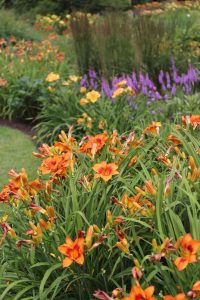
They bloom repeatedly, survive anything, and need no coddling. I barely touch them outside of dividing them every few years.
Perfect for anyone with tough soil and no time to baby plants.
11. Coreopsis (Coreopsis spp.)
A friend once called coreopsis “smiling in flower form.” I planted a golden variety near the shed, and every summer it’s a sunbeam that never quits.
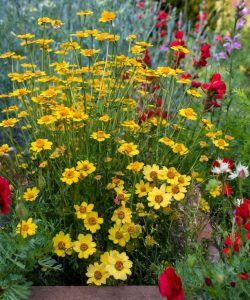
They love heat, dry soil, and full sun. Mine handle drought without blinking and bloom nonstop with the occasional deadheading.
Bonus: deer avoid them, and butterflies love them. It’s hard to ask for more.
12. Zinnia (Zinnia elegans)
We tossed zinnia seeds into a dusty patch behind the garage just to see what might happen. By midsummer, it was a riot of pinks, oranges, and reds. I’ve been obsessed ever since.
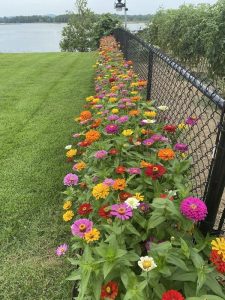
Zinnias are tough, colorful, and perfect for poor soil. They bloom from summer through fall and make great cut flowers.
They don’t mind being crowded or hot—and they always bring the bees.
13. Sedum (Stonecrop)
I once planted sedum in a shady corner thinking it would “fill in” like the others. It barely grew. Months later, I moved it to a dry, sunbaked slope behind the shed—and it came to life like it had been holding its breath.

Sedum needs tough love: poor soil, bright sun, and space to sprawl or stand tall, depending on the variety. It rewards you with sculptural foliage and late-season blooms that pull in bees like magnets.
Lesson learned: don’t treat it like a delicate flower. It thrives where you think nothing will.
14. Mexican Sunflower (Tithonia rotundifolia)
I planted Mexican sunflower too close to the tomatoes—rookie mistake. By July, it had taken over, towering above everything, blocking sun, buzzing with bees, and absolutely stunning.

Its fiery orange blooms and tall, sturdy stems are dramatic, especially in poor soil and full sun. It doesn’t need pampering—just room to shine.
Now I plant it near the fence, where it gets all the space it wants. My garden feels a little wilder, and I love it.
15. Lantana (Lantana camara)
My husband once called lantana a “color explosion,” and that’s exactly how it behaves. The first year we planted it, I nearly pulled it out thinking it had died from heat. Turns out, it just needed time.
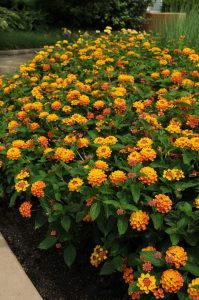
Lantana thrives in dry, neglected spots—places I’d almost given up on. When it blooms, the clusters shift colors like a sunset: yellow, orange, pink, and purple all in one.
Now I give it a chance, water sparingly, and let it sprawl. Sometimes, the best blooms just need a little patience.
Final Thoughts
Some flowers ask for rich soil and careful tending. Others, like these, bloom through hardship—turning the driest, rockiest, most ignored corners into something unexpectedly beautiful. And that, to me, is the quiet magic of gardening.
Poor soil doesn’t have to mean a dull garden. It can be the beginning of something wild, colorful, and deeply rewarding. With the right flowers—and a little willingness to try—you might just discover your garden’s most surprising strengths.
So go ahead. Plant boldly. Let the tough patches bloom. And if you make a few mistakes along the way? That’s part of the story.
